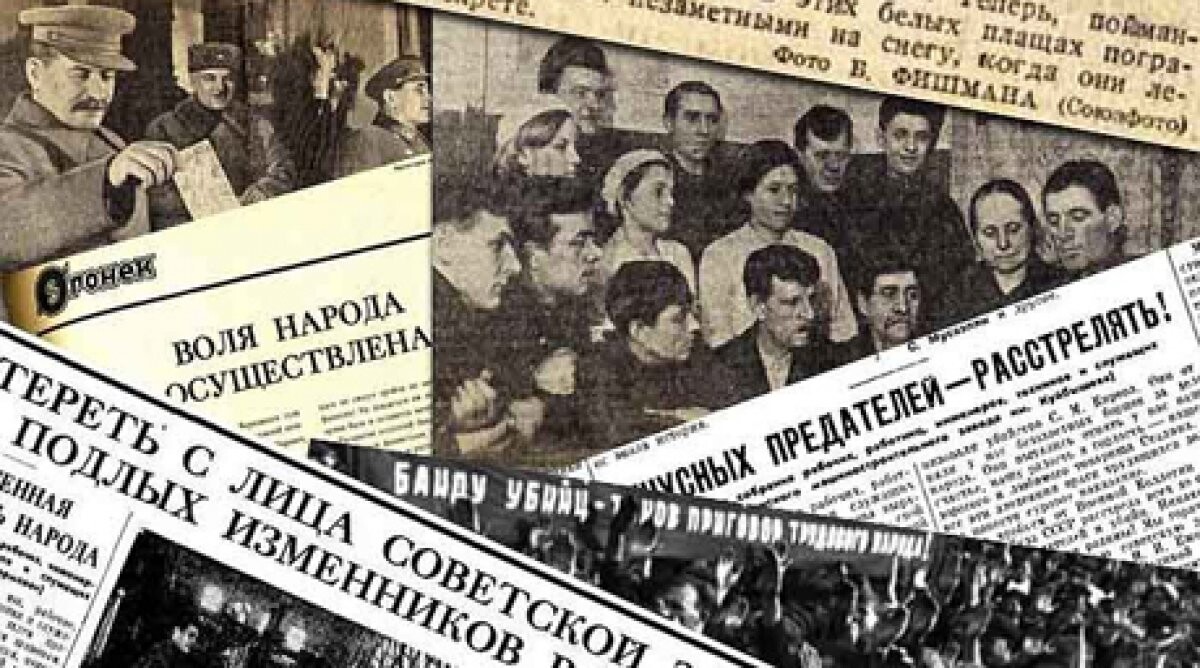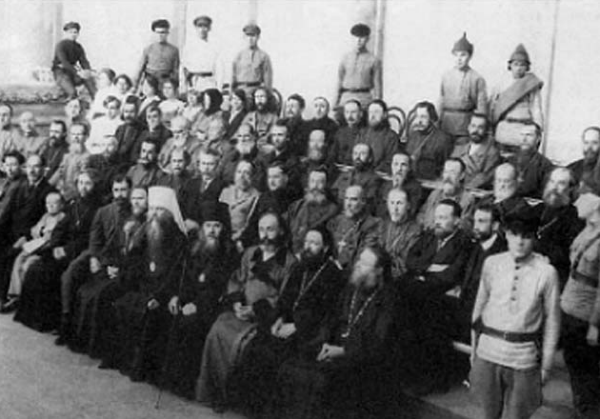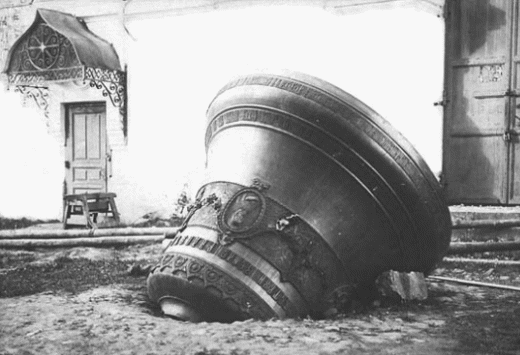
But in those years, representatives of the clergy were victimized and persecuted. This is evidenced by archival documents.
Marxism, as we know, was strongly opposed to religion, emphasizing that religion is "opium" for the people. V. Lenin strengthened this assessment of religion and called it "the kind of spiritual corn juice", "necrophilia". Religious ideology was the only legally existing "unscientific ideology", since in the Constitutions of the USSR in 1918, 1936 and 1975 there was always an article on freedom of conscience. But, despite the proclaimed freedom of conscience, the Soviet state took tough punitive measures to destroy religious organizations, churches and mosques.

The first post-revolutionary years were characterized by cruel persecutions of the Russian Orthodox Church (ROC). The seizure of church values under the pretext of helping the starving was used by the Soviet government to maximally weaken the church's position in the state. It is not by chance that in a secret letter of V.M. Molotov for members of the Politburo of the Central Committee of the Russian Communist Party (B.) as of March 10, 1922 V. Lenin wrote: "... the seizure of valuables, especially of the richest laurels, monasteries and churches, must be carried out with ruthless determination, without undoubtedly stopping at any time and in the shortest possible time. The more representatives of the reactionary clergy and the reactionary bourgeoisie we succeed in shooting, the better for us. It is now necessary to educate this audience so that for several decades they will not dare to think about any resistance."

And such a tough repressive policy was carried out by the state. This is evidenced by the following facts: according to the information of the Chairman of the Commission of the State Duma of the Russian Federation for the rehabilitation of victims of political repression A. Yakovlev, 200,000 clerics were killed, and about half a million priests, monks and nuns were persecuted. To this must also be added the persecution of many millions of believers, the infringement of their civil rights, the destruction of tens of thousands of mosques, churches, prayer houses, etc. In this case, as L. Alekseeva writes: "Of the eight thousand people enlisted in the martyrology of the Russian Orthodox Church in the Soviet period for martyrdom, only a small fraction are those who actively resisted the destruction of the church and its scolding; the majority accepted martyrdom without a murmur."
The persecution and execution of clergymen and believers that began in the 1920s led to the fact that in the 1930s there were units of active Russian Orthodox Churches in Kazakhstan.
A similar policy was also applied to the Islamic religion. So, if, for example, in 1911 in the Ural region there were 59 mosques, in Semirechye - 288; there were 50 and 189 mullahs respectively, then in the late 30's there were no mosques or mullahs.

In the same way, Roman Catholic churches, prayer houses of Lutherans, Mennonites, and Evangelical Christian Baptists were destroyed. The very possession of the Koran or the Bible was already considered a crime against the Soviet power. Legal church service was impossible, and participation in the "underground" churches automatically caused severe repression. The deported to Kazakhstan believers from Azerbaijan and Tajikistan, too, could not legally lead a religious life. In 1943, the Soviet regime was forced to legalize religious associations throughout the USSR, as it needed the support of the entire people in the Great Patriotic War. Legalization was partial; it touched on extremely limited scales of Islam, Orthodoxy, and Baptism.
Even after the war, reprisals and persecutions of clergymen in the USSR, the ban on religious customs continued. According to L. Alekseeva: "In the 1960-1964 period, more than half of the newly opened churches were again closed, like most seminaries and monasteries. Of the 30,000 Orthodox priests who had parishes in 1959, by 1962 had retained only 15,500 of them. By 1975, there were only 7,500 Orthodox churches in the USSR."

Since the 1950s, the Lutheran unions have been slowly legalizing. The first Lutheran community on the territory of the USSR was registered in 1956 in Tselinograd. However, already in 1957 it was withdrawn from registration and then re-registered in the same year, but with more restrictions. In particular, local authorities have demanded to hang on the building of the prayer house an ad "Up to 18 years, the entrance is prohibited". Only in 1967 the registration of the Mennonite communities was started. In 1958-1959 the first attempts were made to officially register the observance of the Roman Catholic Church in Tselinograd. Believers bought a house, collected the necessary documents. However, the initiator was falsely accused of bribing and arrested, the house was confiscated. Only in 1979 the community was able to register, buy a house and convert it to a temple.
Repression against the clergy and ordinary believers was almost completed only in 1989.
The archival document belongs to the State Archives of the Karaganda Region.
The material is prepared on the basis of the article by Ya.V. Trofimov
Translated by Raushan MAKHMETZHANOVA
